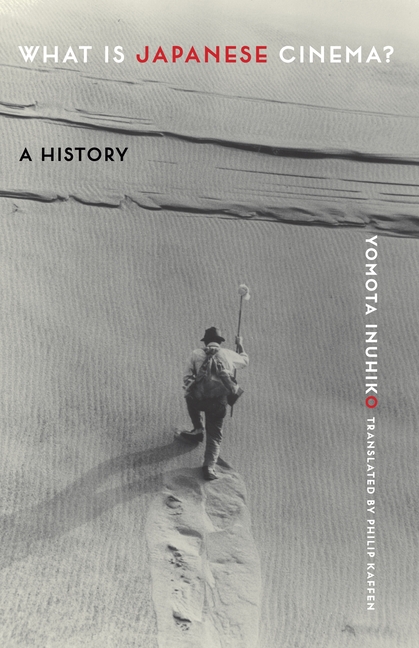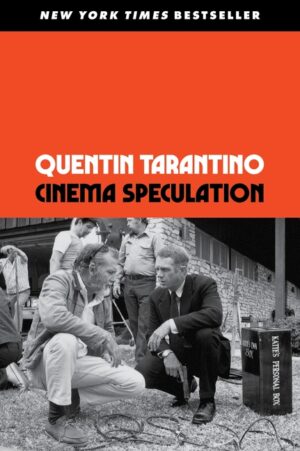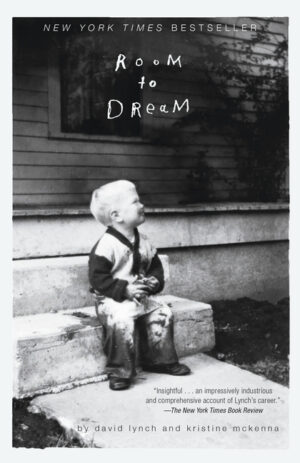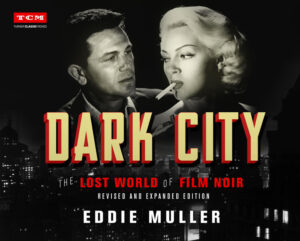No living scholar-critic of Japanese movies possesses Yomota Inuhiko's encyclopedic range and sheer passion for film. What Is Japanese Cinema? is a tour de force of filmic history: a concise and spirited account of how Japanese film came to be, illuminating carryovers from native theatrical traditions and the tensions lining the political history of modern East Asia. That Japanese cinema has all along been local, and–in its imperial ambitions, aesthetic power, or moral force–global in its reach, is a matter that this insightful book brings remarkably to light.–Paul Anderer, author of Kurosawa's Rashomon: A Vanished City, a Lost Brother, and the Voice Inside His Iconic Films





